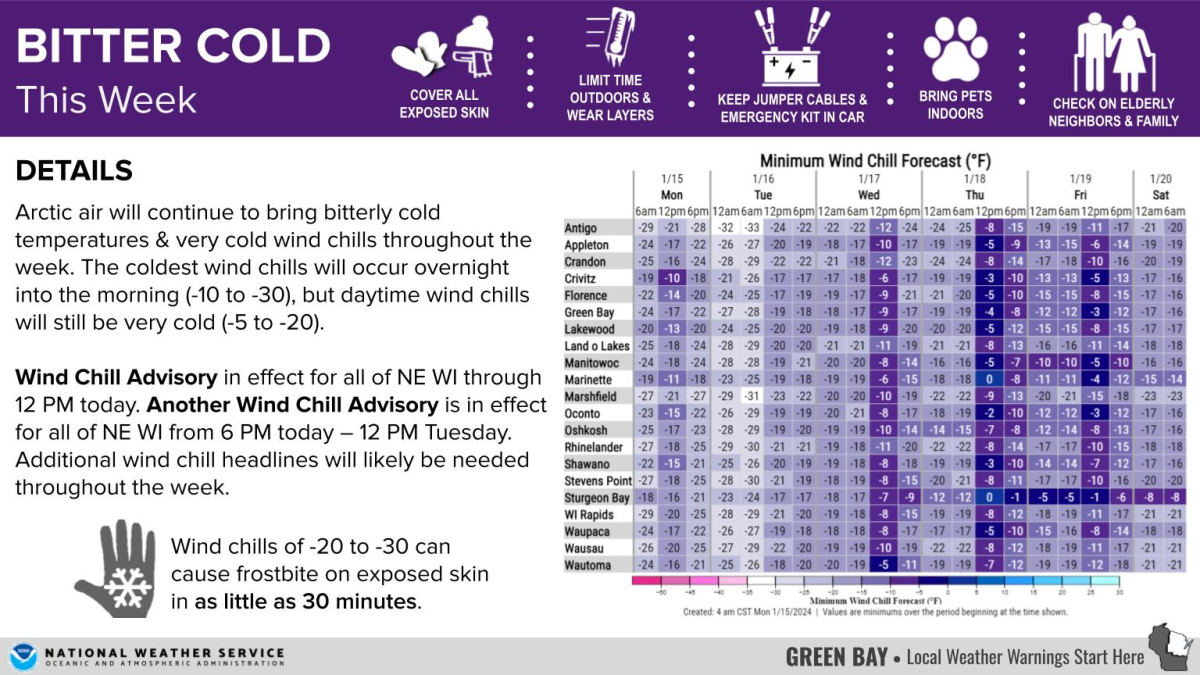Orange County now has a plan to spend most of $219 million in federal aid to help people harmed by Hurricane Ian, but county officials acknowledged this week that distributing the money is likely months away.
The county’s allocation, part of a storm-aid package of $2.7 billion for Florida, was a conditional award, requiring a plan to address unmet needs left in the storm’s wake. The plan adopted by commissioners Tuesday focuses on repairing and building new housing, and preventing future flooding.
According to federal rules, the plan must prioritize low-income communities, underserved areas and the most vulnerable populations, said Mitchell Glasser, manager of the county’s division of housing and community development.
Hurricane Ian made landfall in Lee County on Sept. 28, 2022, with maximum sustained winds of 150 mph.
Blamed for 149 deaths, the Category 4 storm also ranks as the costliest in state history with damages estimated at $113 billion.
In a presentation Tuesday, Glasser said an analysis of insurance claims and other data found that more than 10,000 housing units in Orange County were damaged by the storm.
A 166-page report on the storm’s impact in Orange County noted that more than $62 million has been paid so far to help disaster survivors here with repair, rebuilding and relocation. “Unfortunately, recovery funds provided to date still leave a large unmet housing need of more than $183 million for Orange County,” it noted.
The direct federal payment to Orange County recognizes it as one of the “most impacted and distressed areas” by the storm.
Only two counties will get more: Lee County, $1.1 billion, and Volusia County, $328 million.
Orange County’s plan pledges about $108 million — nearly half its award — for housing, including more than $60 million for new affordable housing construction and $35 million to help homeowners rehab or repair hurricane damage.
About $90 million will be earmarked for capital projects to improve storm-water drainage and prevent flooding.
Advocates for people experiencing homelessness saw the aid as an opportunity to ease struggles.
“Recognizing the woeful shortage of housing availability for those with the lowest incomes in our community, combined with increases in rent and just the cost of everything that exists out there right now, it’s a tough time for people in our communities,” said Allison Krall, speaking on behalf of the Coalition for the Homeless of Central Florida.
The plan still needs approval from the U.S. Department of Housing and Urban Development, expected this spring.
“Our hope is that, within 45 days, we get comments back from HUD or a glowing review that, ‘Hey, your plan is approved,’ ” Glasser said.
The county also is consulting with other jurisdictions that have distributed disaster-recovery funds before it accepts funding applications, Glasser said.
“There is a learning curve and we want to do it correctly,” he said.
All funds must be spent by the end of 2030.
The document shows the county will use about $10 million to ensure compliance with HUD spending requirements and $5 million to conduct mitigation and resiliency studies for projects intended to prevent future flooding.
Signup bonus from





